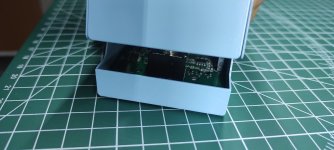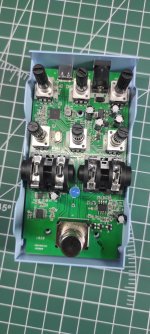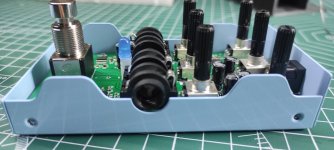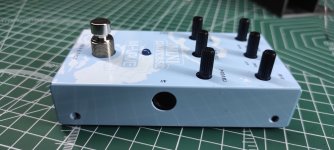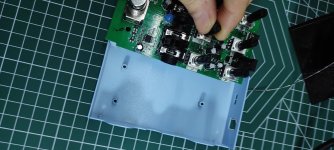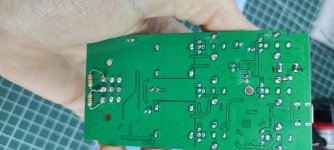I Got this m wave mini universe reverb pedal some time ago. It sounds absolutely killer, but there's a problem with that lts been there since the beginning and lots of people also experience it.
When engaged, it pops! It pops and introduces this into the reverb sound. The weird thing is, the longer the pedal stays active, the lesser this popping effect becomes when switched on and off. It makes me think of a capacitor issue, but seems like lots of people complain about it on YouTube comments. There is also a slight delay of the sound like 10-15ms.
I've solved this popping by soldering 2.2k resistors from in to gnd and out to gnd on the switch, I got no tone loss, but the delay is still there. I know its pretty low, but from 500k to 10M resistors did not work at all.
I've done a video about this; I'd like to hear your opinions as well. There seems to be a weird connection of 3DPT that actually causes this popping and delay at the same time. Is there any workaround to fix this do you think?
When engaged, it pops! It pops and introduces this into the reverb sound. The weird thing is, the longer the pedal stays active, the lesser this popping effect becomes when switched on and off. It makes me think of a capacitor issue, but seems like lots of people complain about it on YouTube comments. There is also a slight delay of the sound like 10-15ms.
I've solved this popping by soldering 2.2k resistors from in to gnd and out to gnd on the switch, I got no tone loss, but the delay is still there. I know its pretty low, but from 500k to 10M resistors did not work at all.
I've done a video about this; I'd like to hear your opinions as well. There seems to be a weird connection of 3DPT that actually causes this popping and delay at the same time. Is there any workaround to fix this do you think?


